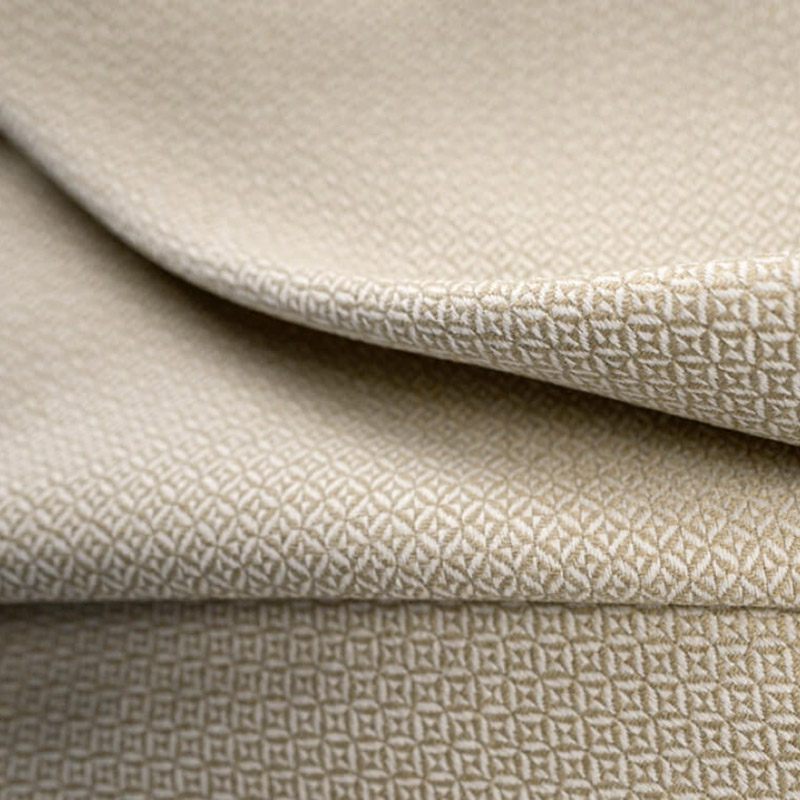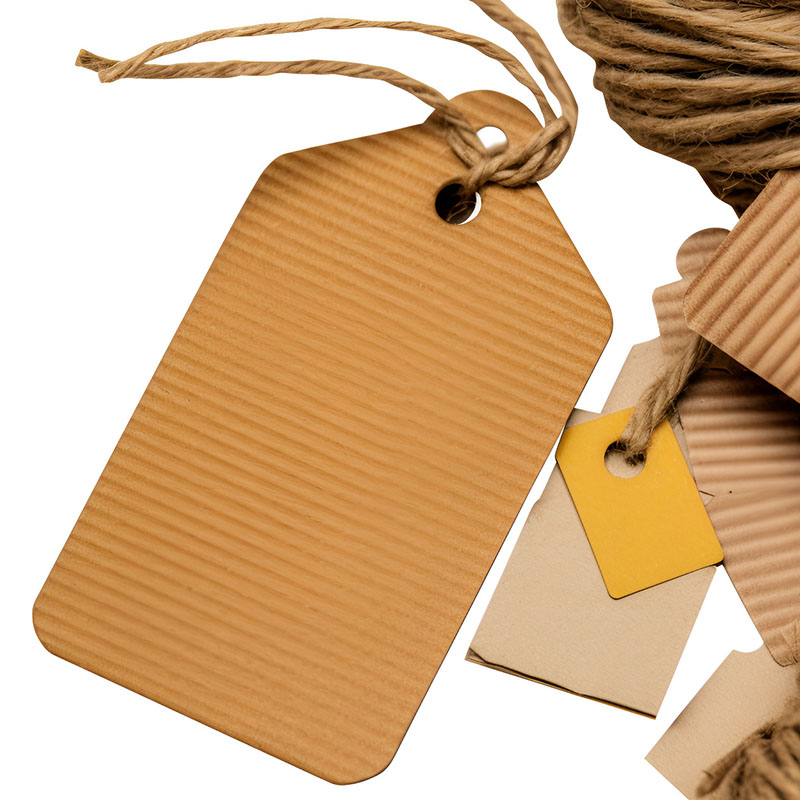What are the raw materials for webbing?
2025-04-08
Webbing is a narrow or tubular fabric, which is widely used in various industries, including clothing, footwear, luggage, industry, agriculture, military supplies and traffic safety.
Polyester (PET)
1. Strong and wear-resistant. 2. Poor water absorption, the standard regain is 0.4%, the relative humidity is 65%, and 100g polyester absorbs 0.4g. 3. Prone to static electricity and pilling. 4. Acid-resistant but not alkali-resistant. 5. Good corrosion resistance and light resistance. 6. Fabrics made of polyester fibers are not easy to wrinkle, have good dimensional stability, are easy to wash and dry quickly.
Polyester spinning
1. FDY (filament): single fibers are parallel, smooth and uniform, divided into large gloss, gloss, semi-gloss, extinction, and the brightness is getting weaker and weaker. 2. DTY (elastic yarn): single fibers are bent, low-elastic, and fluffy. 3. DTY network yarn (low-elastic network yarn): There are staged network points to increase the bundling ability between fibers (divided into no net, light net, medium net, heavy net, among which the heavy net can be used as sizing-free yarn). 4. POY (pre-oriented yarn): It can be stretched but not rebound. It cannot be used as warp or weft alone. It must be compounded with other yarns. It can be stretched 1.6 times. POY yarn is a semi-finished product of low-elastic network yarn. 5. ATY (air-deformed yarn): The surface is not smooth and has loops. 6. Polyester staple fiber: Multiple short fibers are twisted along the axial direction. 7. Polyester bamboo yarn: It is twisted with filament and low-elastic yarn, and the speed of stretching is slow. 8. High-elastic yarn: Highly stretchable and fluffy. 9. Polyester cationic yarn: It can produce a two-color effect with ordinary polyester yarn, is easy to dye, and has bright colors.

























































